Home>Storage & Organization>Kitchen Organizing Tools>What Kind Of Litter Box Is Best For Cats
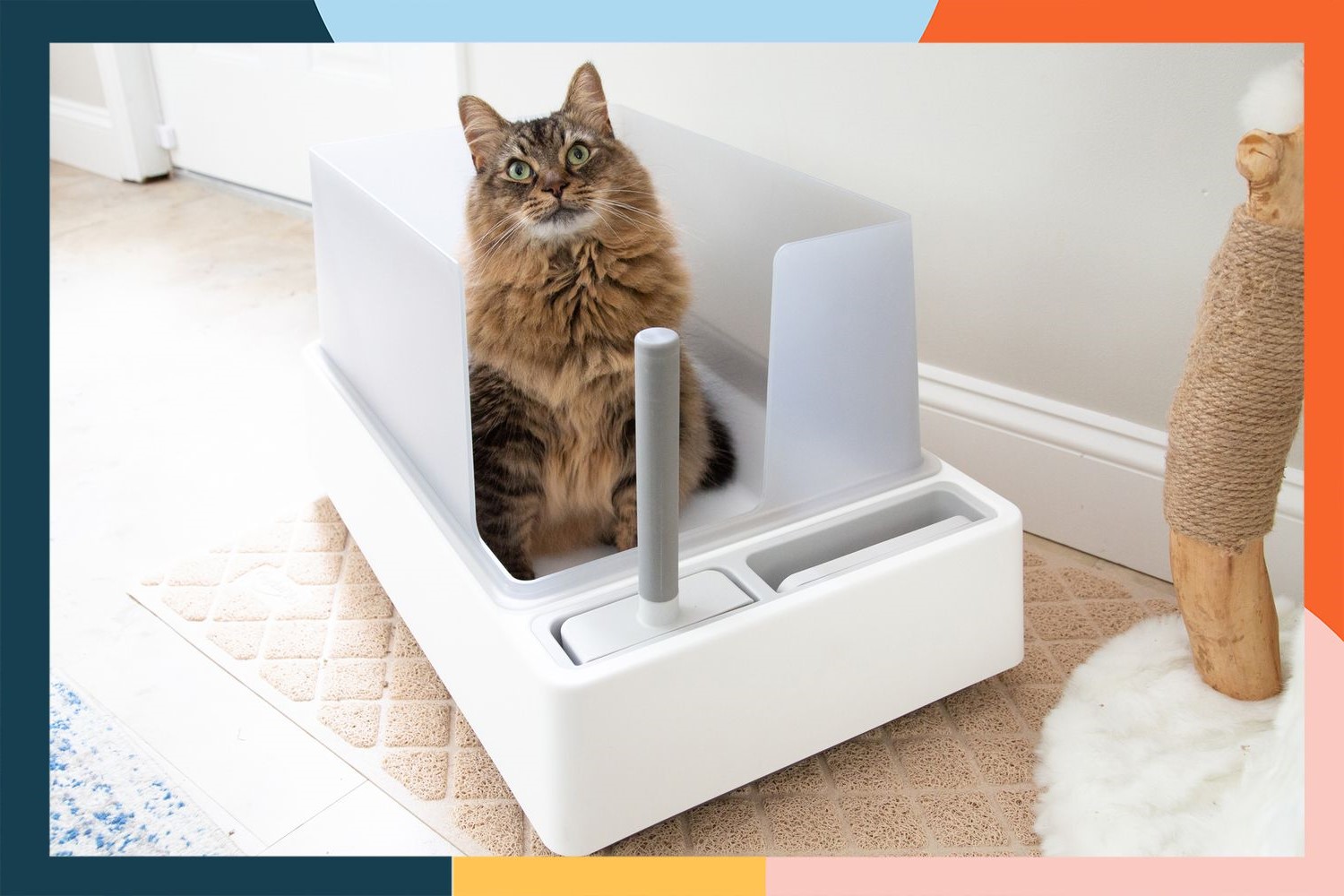

Kitchen Organizing Tools
What Kind Of Litter Box Is Best For Cats
Modified: August 16, 2024
Discover the best litter box for your cat with our comprehensive guide. Find the perfect solution for your feline friend. Shop now for kitchen organizing tools!
(Many of the links in this article redirect to a specific reviewed product. Your purchase of these products through affiliate links helps to generate commission for Storables.com, at no extra cost. Learn more)
Introduction
When it comes to maintaining a clean and odor-free environment for our feline companions, choosing the right litter box is of paramount importance. With a plethora of options available in the market, it can be overwhelming to determine which type of litter box best suits the needs of both the cat and the owner. Each type of litter box comes with its own set of advantages and considerations, making the decision-making process a crucial aspect of responsible pet care.
As a devoted cat owner, you understand the significance of providing a comfortable and hygienic space for your furry friend to attend to their natural needs. The type of litter box you select can significantly impact your cat's overall experience and well-being. Factors such as size, design, and functionality play a pivotal role in ensuring that your cat feels secure and at ease while using their designated restroom area.
In this comprehensive guide, we will delve into the various types of litter boxes available, shedding light on their unique features, benefits, and potential drawbacks. By exploring the characteristics of traditional litter boxes, covered litter boxes, self-cleaning litter boxes, top-entry litter boxes, and automatic litter boxes, you will gain valuable insights to make an informed decision that aligns with your cat's preferences and your household dynamics.
Join us on this enlightening journey as we navigate through the world of litter boxes, unraveling the mysteries behind each type and uncovering the secrets to creating a harmonious and sanitary environment for your beloved feline companion. Let's embark on this adventure together and discover the perfect litter box solution that will cater to your cat's needs while simplifying your daily maintenance routine.
Key Takeaways:
- Choose a litter box that suits your cat’s needs and your lifestyle. Traditional boxes are simple and affordable, while covered ones minimize odors. Self-cleaning and automatic boxes offer convenience but require maintenance.
- Consider your cat’s comfort and your home’s cleanliness when selecting a litter box. Top-entry boxes contain litter scatter, while automatic boxes provide hands-free waste removal. Each type has unique benefits and considerations.
Read more: What Kind Of Litter Box Do Cats Prefer
Traditional Litter Boxes
Traditional litter boxes are the foundational choice for cat owners, offering a simple yet effective solution for managing their pet's waste. These boxes typically feature a rectangular or square shape with low sides, providing easy access for cats of all ages and sizes. They are available in various sizes to accommodate single or multiple cats, making them a versatile option for households with multiple feline companions.
One of the key advantages of traditional litter boxes is their affordability and widespread availability. They are commonly constructed from durable plastic, which is easy to clean and maintain. Additionally, their uncomplicated design makes them user-friendly for both cats and their owners. The open nature of traditional litter boxes allows for effortless monitoring of your cat's elimination habits, enabling you to promptly address any potential health concerns.
However, traditional litter boxes do have some limitations. The absence of a cover means that odors and litter scatter may be more noticeable compared to covered options. Additionally, some cats may prefer more privacy while using the litter box, which could lead to a reluctance to utilize an open-style box.
Despite these considerations, traditional litter boxes remain a popular choice due to their simplicity and cost-effectiveness. They provide a familiar and accessible space for cats to relieve themselves, and their straightforward design facilitates easy maintenance and cleaning. For cat owners seeking a practical and budget-friendly litter box solution, the traditional option continues to be a reliable and convenient choice for promoting proper feline hygiene and well-being.
Covered Litter Boxes
Covered litter boxes, also known as hooded or enclosed litter boxes, offer a private and secluded space for cats to attend to their bathroom needs. These boxes feature a top cover, often with a swinging door or entrance, providing cats with a sense of privacy and security while they relieve themselves. The enclosed design helps contain odors and prevents litter scatter, making it an appealing option for both cats and their owners.
One of the primary benefits of covered litter boxes is their ability to minimize odors. The enclosed nature of these boxes traps odors inside, preventing them from permeating the surrounding area. This feature is particularly advantageous for cat owners living in smaller spaces or apartments, where controlling odors is essential for maintaining a fresh and inviting environment.
Additionally, covered litter boxes help contain litter scatter, as the top cover prevents cats from kicking litter outside the box during their digging and covering routines. This can significantly reduce the amount of stray litter around the litter box area, minimizing the need for frequent cleanups and promoting a tidier living space.
While covered litter boxes offer several advantages, it's important to consider potential drawbacks as well. Some cats may feel confined or uneasy in an enclosed space, especially if they are sensitive to confined environments. The swinging door or entrance can also pose a challenge for older cats or those with mobility issues, potentially hindering their access to the litter box.
Furthermore, the enclosed design of these litter boxes requires regular cleaning to maintain a hygienic environment. The enclosed space can trap odors and moisture, necessitating more frequent cleaning and thorough maintenance to prevent the buildup of bacteria and unpleasant smells.
In summary, covered litter boxes provide a private and odor-controlling solution for cat owners seeking to minimize litter scatter and contain odors. While they offer valuable benefits, it's essential to consider your cat's preferences and any potential limitations associated with the enclosed design. By understanding the unique features of covered litter boxes, you can make an informed decision that aligns with your cat's comfort and your household's sanitation needs.
Self-Cleaning Litter Boxes
Self-cleaning litter boxes, also known as automatic or robotic litter boxes, represent a revolutionary solution for cat owners seeking to streamline the chore of litter box maintenance. These innovative devices are designed to automatically remove waste, leaving behind a clean and odor-free environment for both cats and their owners. The advanced technology integrated into self-cleaning litter boxes offers unparalleled convenience and efficiency, transforming the traditional litter box experience into a hassle-free and hygienic routine.
One of the primary advantages of self-cleaning litter boxes is their ability to minimize manual scooping and cleaning. Equipped with sensors and automated mechanisms, these devices detect when a cat has used the litter box and initiate the waste removal process, typically by sifting, raking, or containing the waste in a separate compartment. This hands-free operation reduces the frequency of manual litter box maintenance, freeing up time for cat owners to focus on other aspects of pet care.
Furthermore, self-cleaning litter boxes excel in odor control, as the automated waste removal process helps contain and eliminate odors more effectively than traditional litter boxes. By promptly removing waste and sealing it in a separate compartment or disposable container, these devices significantly reduce the presence of unpleasant odors, contributing to a fresher and more inviting living space.
While the convenience and efficiency of self-cleaning litter boxes are undeniable, it's important to consider certain factors before investing in this technology. Some cats may require an adjustment period to acclimate to the automated cleaning process and the associated sounds and movements. Additionally, the initial cost of acquiring a self-cleaning litter box may be higher than that of traditional or covered options, requiring a thoughtful evaluation of the long-term benefits and savings in time and effort.
Maintenance and upkeep are also crucial considerations when incorporating a self-cleaning litter box into your cat care routine. Regular cleaning and maintenance of the device, including emptying waste receptacles and replacing litter, are essential to ensure optimal functionality and hygiene. Understanding the specific maintenance requirements of the chosen self-cleaning litter box is essential for maximizing its performance and longevity.
In summary, self-cleaning litter boxes offer a groundbreaking solution for cat owners seeking to simplify litter box maintenance and enhance odor control. By leveraging advanced technology to automate waste removal, these devices elevate the standard of feline hygiene and convenience, providing cats with a consistently clean and inviting restroom area. While considerations such as initial cost and maintenance are important, the unparalleled convenience and efficiency of self-cleaning litter boxes make them a compelling choice for cat owners committed to providing the best possible environment for their beloved feline companions.
Consider a litter box with high sides to prevent litter scatter and a spacious area for your cat to move around. Look for a box with a smooth, easy-to-clean surface and consider a covered box for privacy.
Top-Entry Litter Boxes
Top-entry litter boxes are a unique and innovative solution for cat owners seeking to address common challenges associated with traditional litter boxes. Unlike conventional open or covered designs, top-entry litter boxes feature a top-opening entrance, providing cats with a distinct and functional space for their bathroom activities. This distinctive design offers a range of benefits that cater to both cats and their owners, making it a compelling option for households looking to optimize their litter box experience.
One of the primary advantages of top-entry litter boxes is their ability to contain litter scatter effectively. The enclosed nature of the box, combined with the top-entry access, minimizes the spread of litter outside the box during cats' digging and covering routines. This containment of litter not only reduces the need for frequent cleanups but also contributes to a tidier and more organized living space, enhancing the overall cleanliness of the cat care area.
Additionally, top-entry litter boxes provide cats with a private and secure environment for their bathroom needs. The top-opening entrance offers a sense of seclusion and privacy, which can be particularly beneficial for cats that prefer a more discreet and enclosed space for their elimination habits. This privacy can help reduce stress and anxiety in cats, promoting a more relaxed and comfortable restroom experience.
Furthermore, the top-entry design of these litter boxes offers a practical solution for multi-pet households. The elevated entrance deters dogs and other animals from accessing the litter box, providing cats with a safe and undisturbed space for their bathroom activities. This feature is especially valuable for cat owners who need to separate their pets' living areas while ensuring that each animal has a designated and secure restroom space.
While top-entry litter boxes offer numerous benefits, it's important to consider potential limitations as well. Some cats, particularly those with mobility issues or age-related challenges, may find it challenging to access a top-entry litter box. In such cases, it's essential to assess your cat's comfort and agility to determine if this design is suitable for their needs.
In summary, top-entry litter boxes present a versatile and effective solution for cat owners seeking to minimize litter scatter, provide privacy for their cats, and create a secure restroom environment. By understanding the unique features and considerations associated with top-entry litter boxes, cat owners can make an informed decision that aligns with their cat's preferences and their household dynamics, ultimately enhancing the overall feline care experience.
Read more: What Is A Cat Litter Box
Automatic Litter Boxes
Automatic litter boxes, also known as self-cleaning or robotic litter boxes, represent a groundbreaking advancement in feline care technology. These innovative devices are designed to revolutionize the traditional litter box experience, offering unparalleled convenience, hygiene, and efficiency for both cats and their owners. By incorporating advanced sensors, mechanisms, and waste management systems, automatic litter boxes elevate the standard of feline hygiene and maintenance, setting a new benchmark for modern pet care solutions.
One of the primary advantages of automatic litter boxes is their ability to minimize manual scooping and cleaning. Equipped with sophisticated sensors, these devices detect when a cat has used the litter box and initiate the waste removal process, typically through sifting, raking, or containing the waste in a separate compartment. This hands-free operation reduces the frequency of manual litter box maintenance, freeing up time for cat owners to focus on other aspects of pet care. The convenience and efficiency of this automated process not only streamline the daily routine but also contribute to a more hygienic and pleasant living environment.
Furthermore, automatic litter boxes excel in odor control, a crucial aspect of maintaining a fresh and inviting space for both cats and their owners. By promptly removing waste and sealing it in a separate compartment or disposable container, these devices significantly reduce the presence of unpleasant odors, enhancing the overall ambiance of the household. The advanced waste management systems integrated into automatic litter boxes effectively contain and eliminate odors, providing cats with a consistently clean and inviting restroom area while minimizing the need for frequent manual interventions.
While the convenience and efficiency of automatic litter boxes are undeniable, it's important to consider certain factors before incorporating this technology into your cat care routine. Some cats may require an adjustment period to acclimate to the automated cleaning process and the associated sounds and movements. Additionally, the initial cost of acquiring an automatic litter box may be higher than that of traditional or covered options, requiring a thoughtful evaluation of the long-term benefits and savings in time and effort.
Maintenance and upkeep are also crucial considerations when integrating an automatic litter box into your feline care regimen. Regular cleaning and maintenance of the device, including emptying waste receptacles and replacing litter, are essential to ensure optimal functionality and hygiene. Understanding the specific maintenance requirements of the chosen automatic litter box is essential for maximizing its performance and longevity.
In summary, automatic litter boxes offer a groundbreaking solution for cat owners seeking to simplify litter box maintenance and enhance odor control. By leveraging advanced technology to automate waste removal, these devices elevate the standard of feline hygiene and convenience, providing cats with a consistently clean and inviting restroom area. While considerations such as initial cost and maintenance are important, the unparalleled convenience and efficiency of automatic litter boxes make them a compelling choice for cat owners committed to providing the best possible environment for their beloved feline companions.
Conclusion
In the realm of cat care, the selection of a litter box holds significant weight in shaping the overall well-being and comfort of our feline companions. As we journey through the diverse landscape of litter box options, it becomes evident that each type offers a distinct set of advantages and considerations, catering to the unique needs of both cats and their owners.
Traditional litter boxes, with their simplicity and accessibility, remain a steadfast choice for many cat owners. Their open design facilitates easy monitoring of cats' elimination habits and provides a familiar space for cats to relieve themselves. While they may be susceptible to litter scatter and odors, their affordability and user-friendly nature make them a practical option for households seeking a straightforward litter box solution.
Covered litter boxes emerge as a compelling choice for those prioritizing odor control and privacy for their cats. The enclosed design effectively contains odors and minimizes litter scatter, contributing to a cleaner and more hygienic living space. However, considerations regarding cats' comfort and the need for regular cleaning must be taken into account when opting for this style of litter box.
Self-cleaning litter boxes, equipped with advanced technology, offer unparalleled convenience and efficiency in managing feline waste. The automated waste removal process and superior odor control elevate the standard of feline hygiene, presenting a transformative solution for cat owners seeking to streamline litter box maintenance. While initial costs and maintenance requirements are factors to ponder, the long-term benefits of these innovative devices are undeniable.
Top-entry litter boxes provide a unique blend of containment, privacy, and security for cats, making them a versatile option for households with multiple pets. The enclosed design effectively minimizes litter scatter, while the elevated entrance offers cats a secluded and undisturbed space for their bathroom activities. However, it's essential to consider cats' agility and comfort when evaluating the suitability of this design for their needs.
Automatic litter boxes, akin to self-cleaning marvels, redefine the litter box experience with their advanced waste management systems and hands-free operation. The unparalleled convenience and efficiency they offer in waste removal and odor control set a new standard in feline care, presenting a compelling choice for cat owners committed to providing the best possible environment for their beloved companions.
In conclusion, the world of litter boxes is rich with diversity, offering a spectrum of options to accommodate the varying needs and preferences of cats and their owners. By understanding the unique features and considerations associated with each type of litter box, cat owners can make informed decisions that align with their household dynamics and their cats' well-being. Whether opting for a traditional, covered, self-cleaning, top-entry, or automatic litter box, the ultimate goal remains the same: to create a clean, comfortable, and inviting restroom area that fosters the health and happiness of our cherished feline friends.
Frequently Asked Questions about What Kind Of Litter Box Is Best For Cats
Was this page helpful?
At Storables.com, we guarantee accurate and reliable information. Our content, validated by Expert Board Contributors, is crafted following stringent Editorial Policies. We're committed to providing you with well-researched, expert-backed insights for all your informational needs.
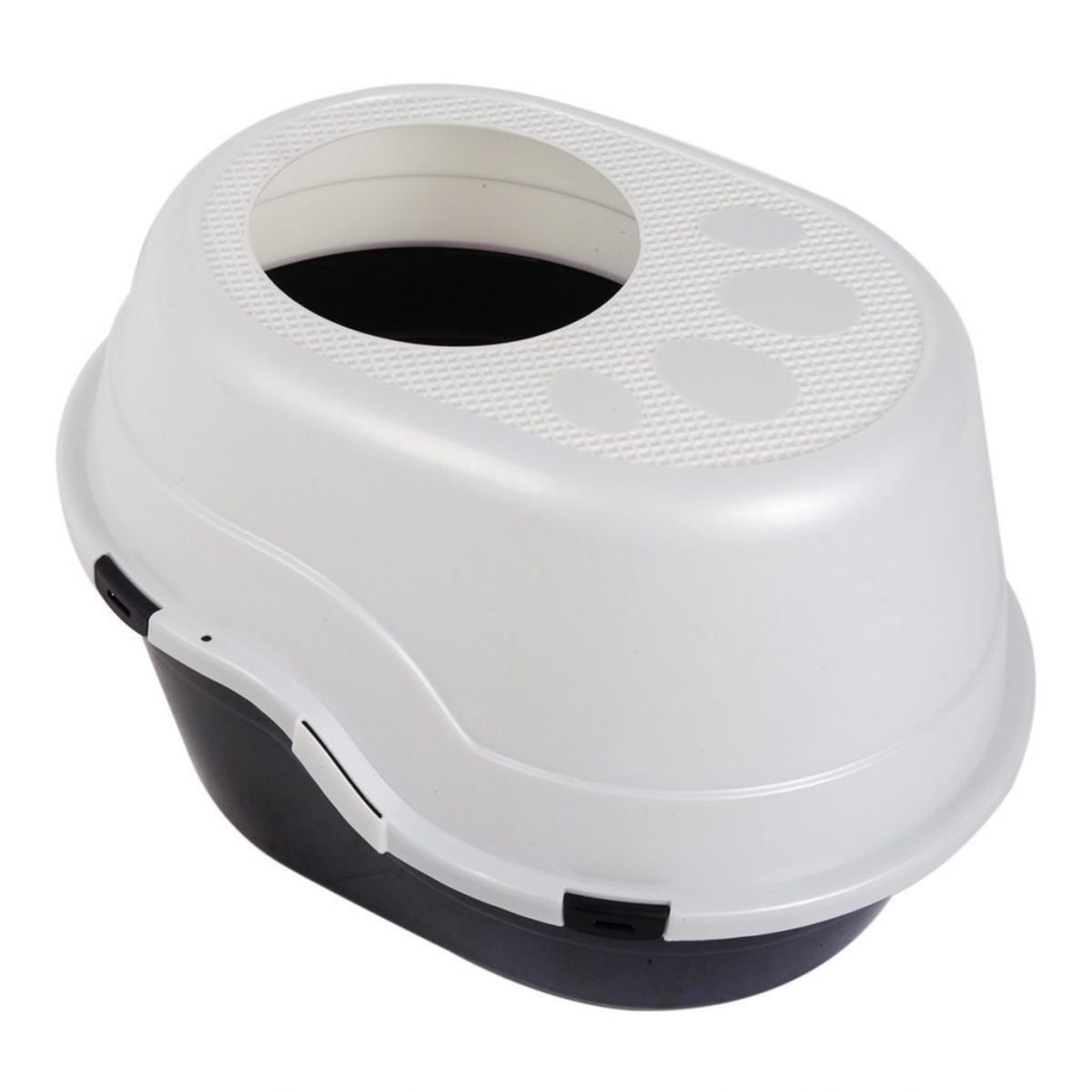
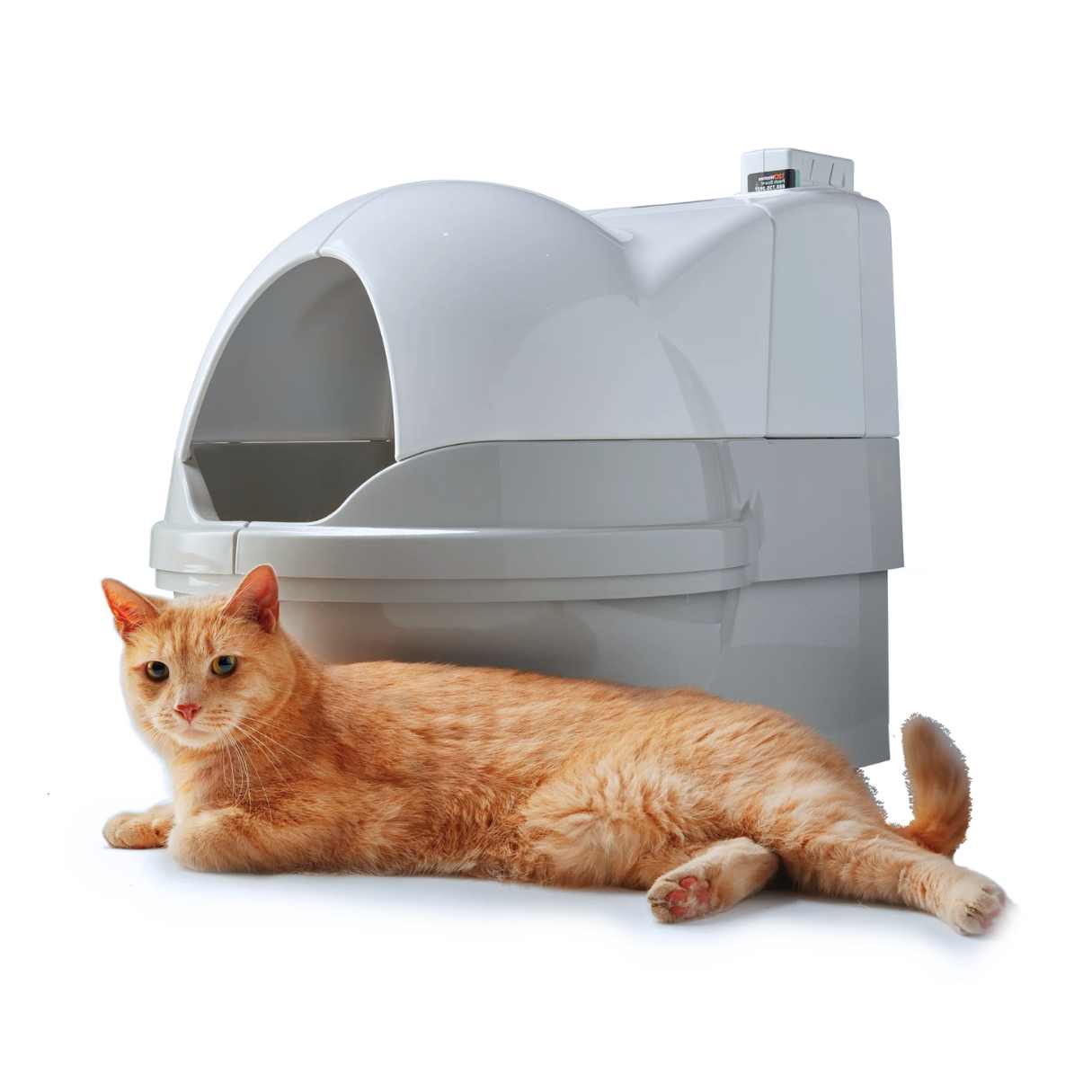

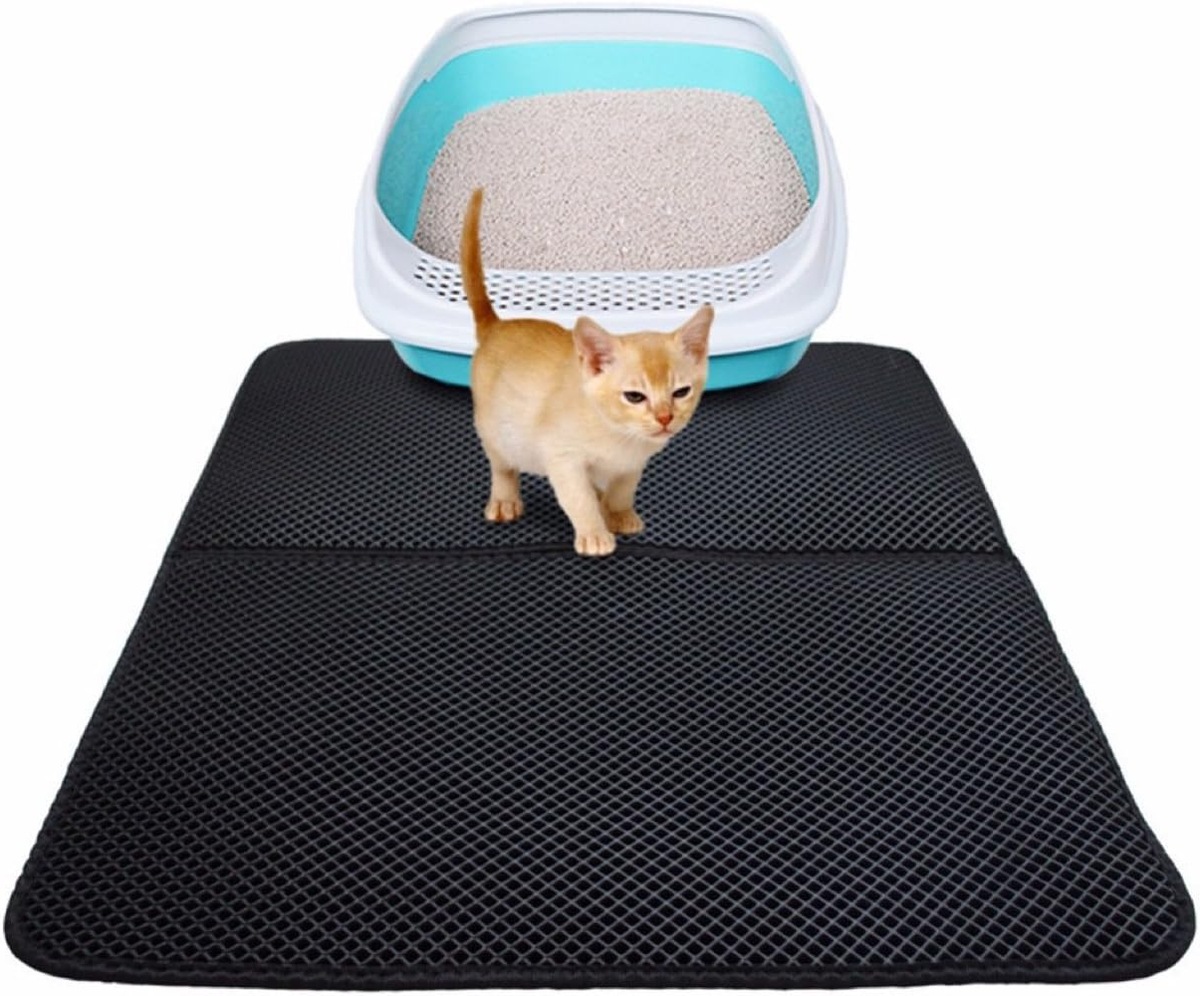
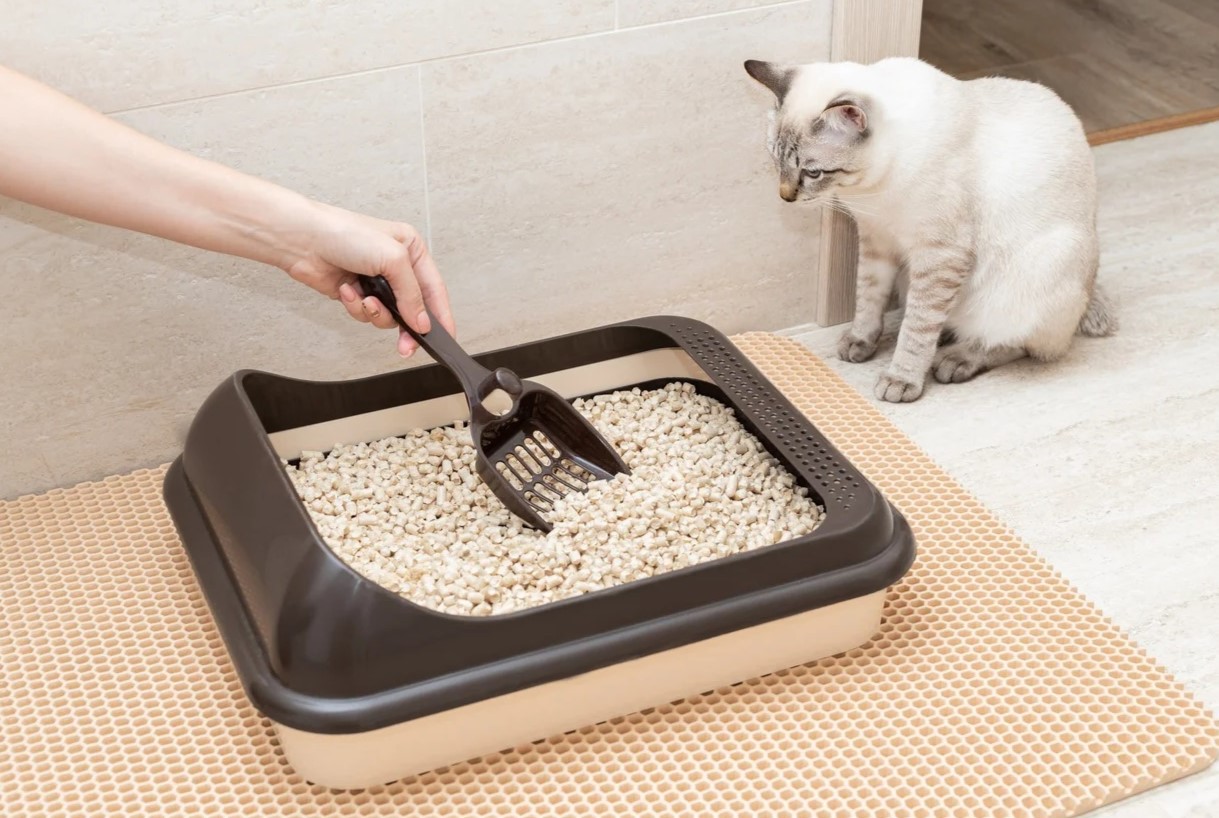

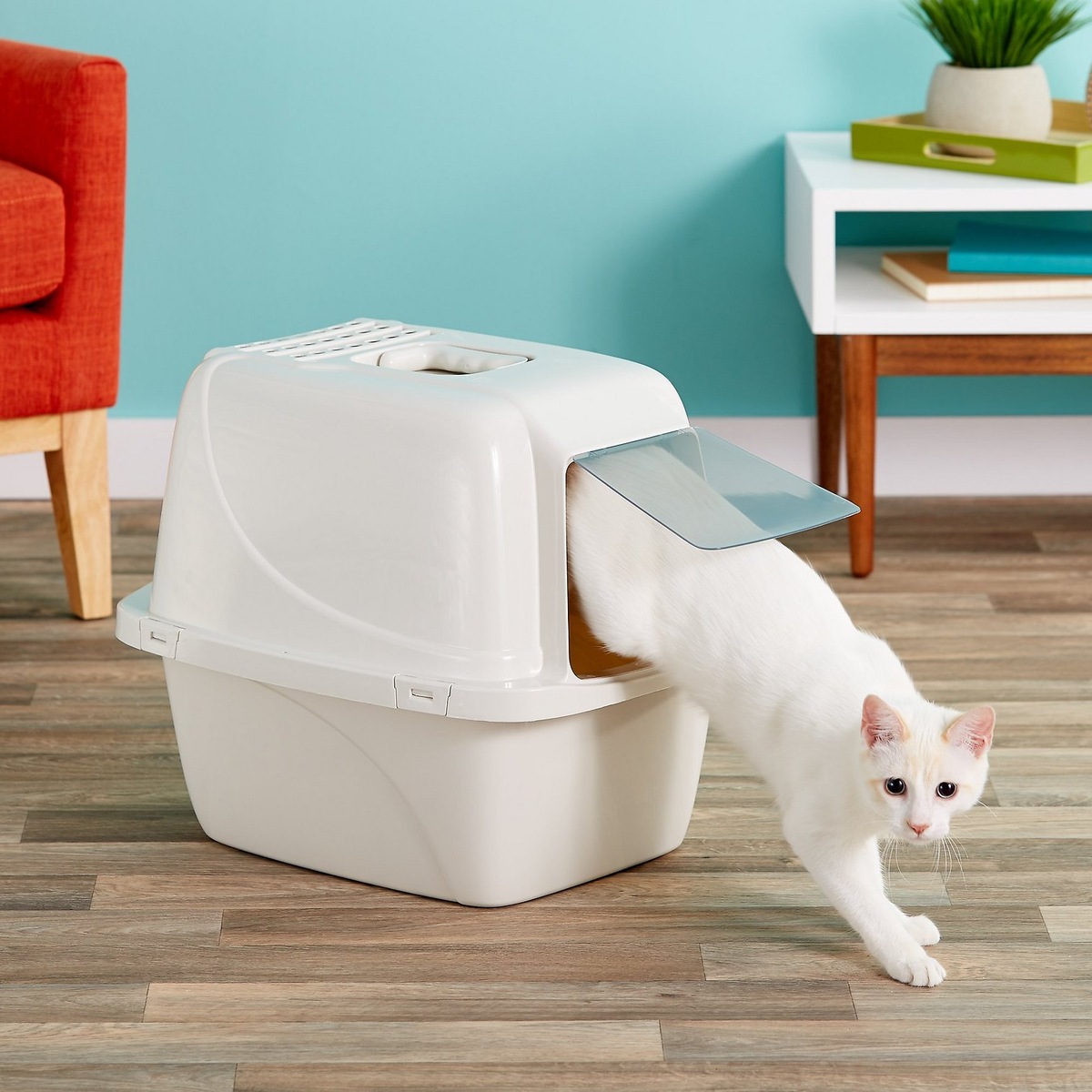
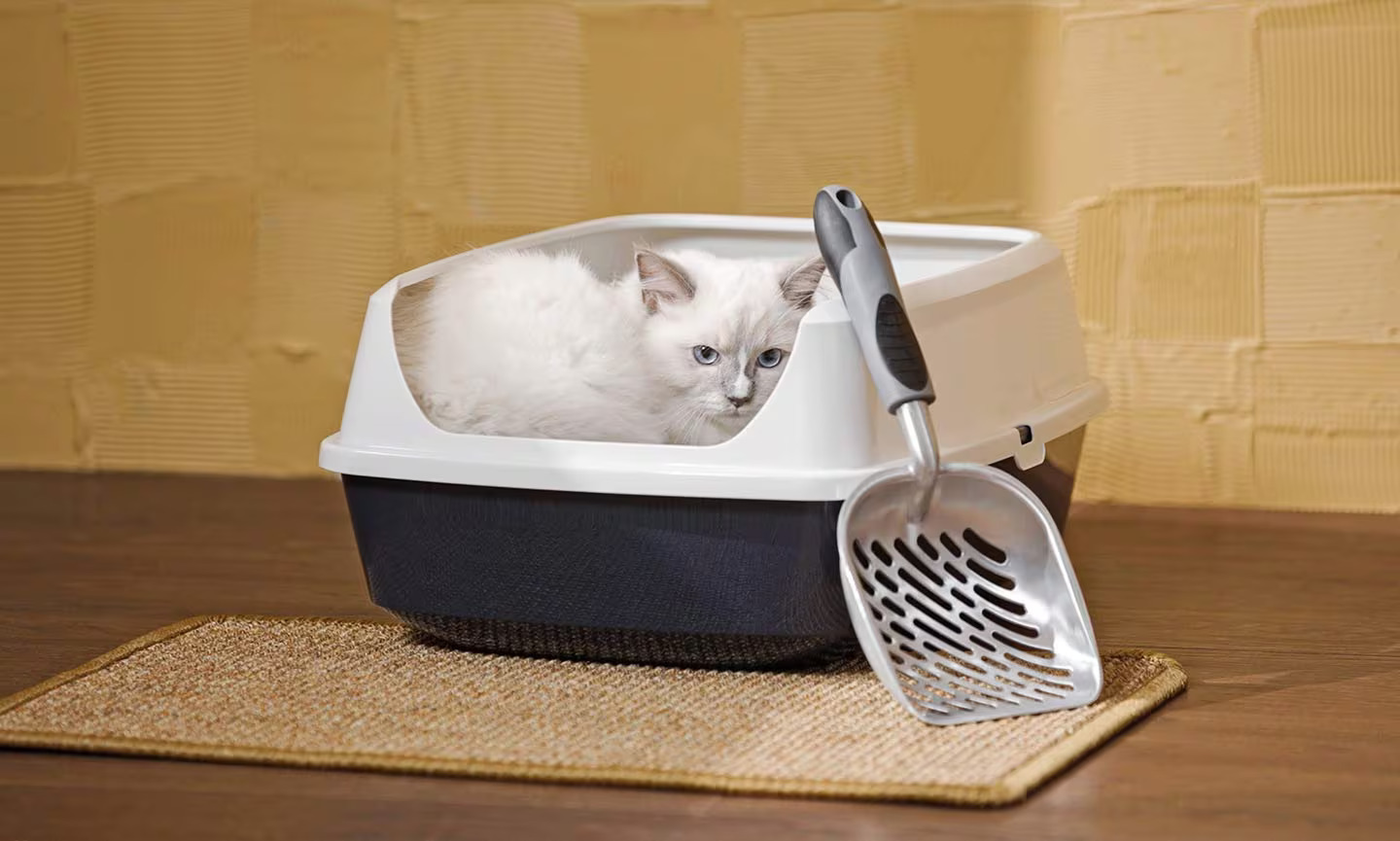
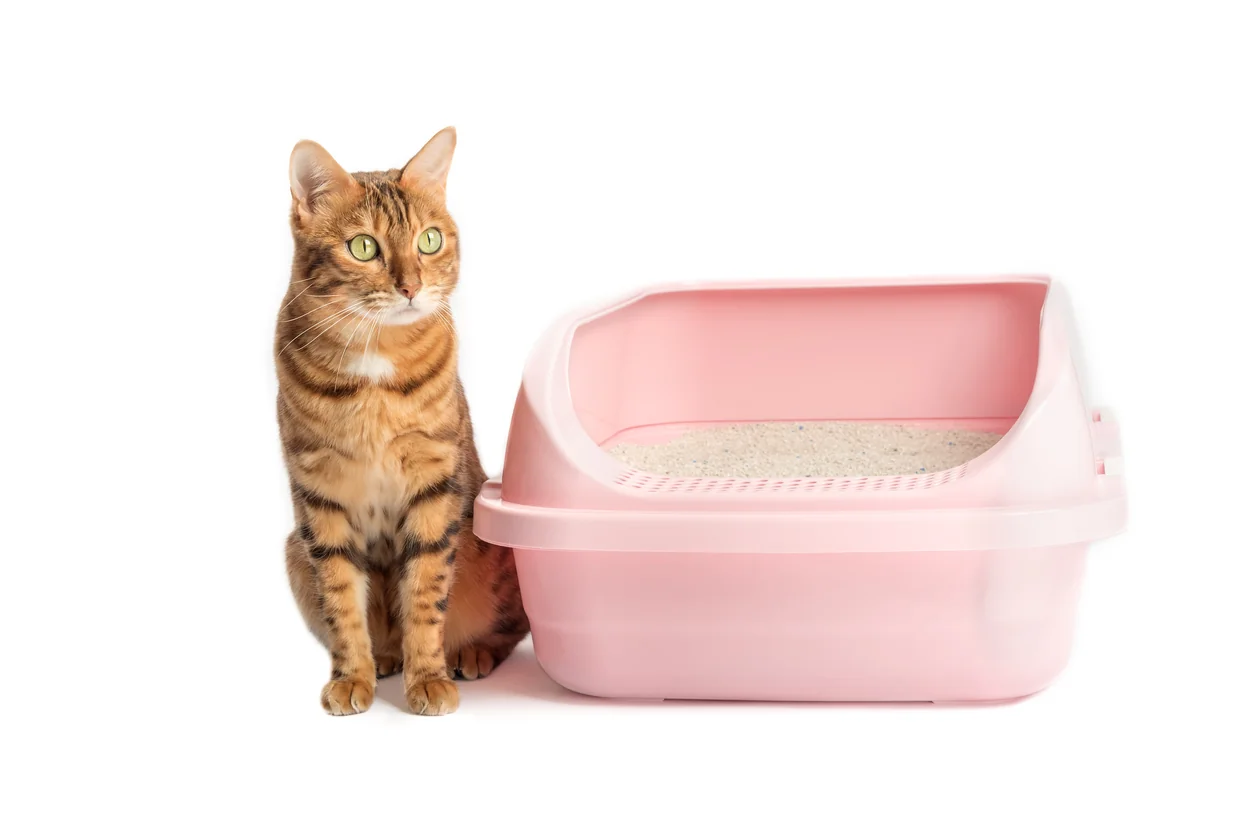
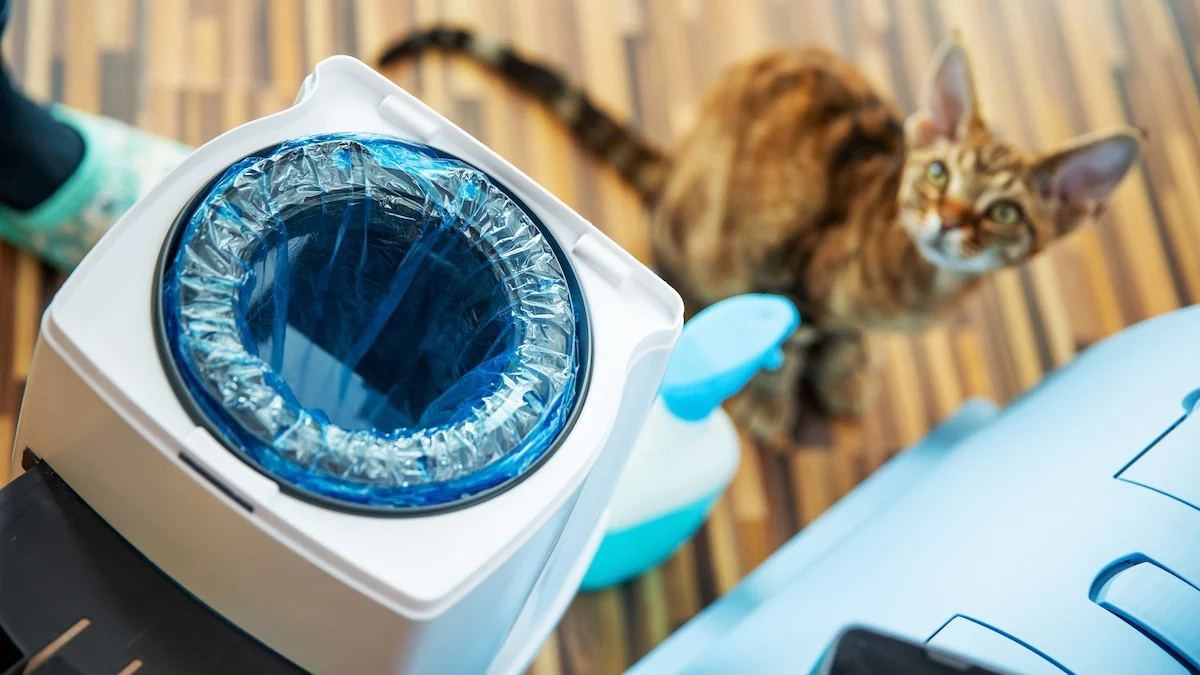
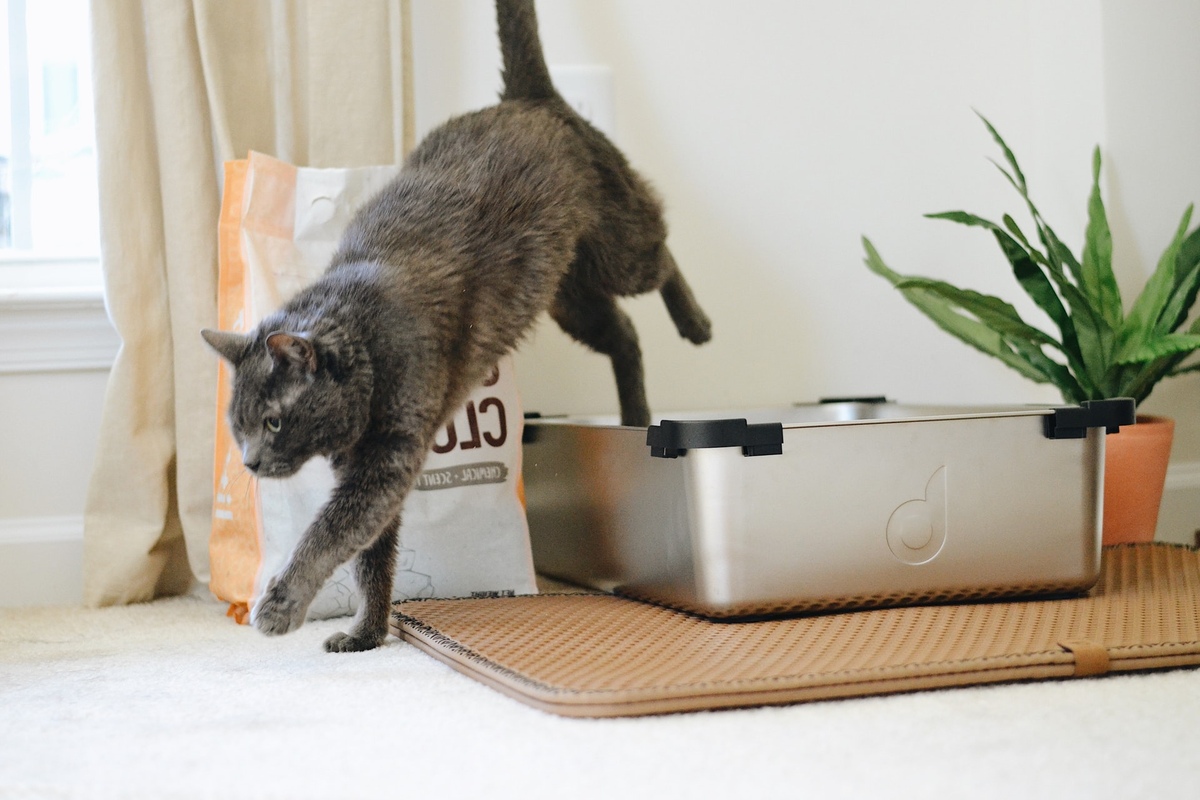
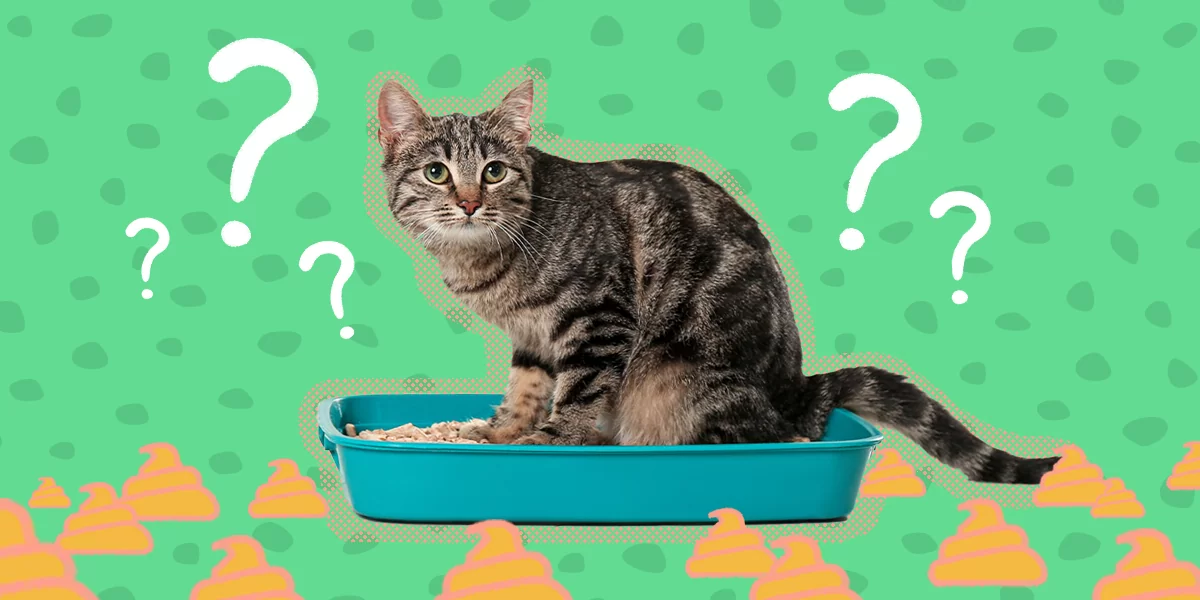
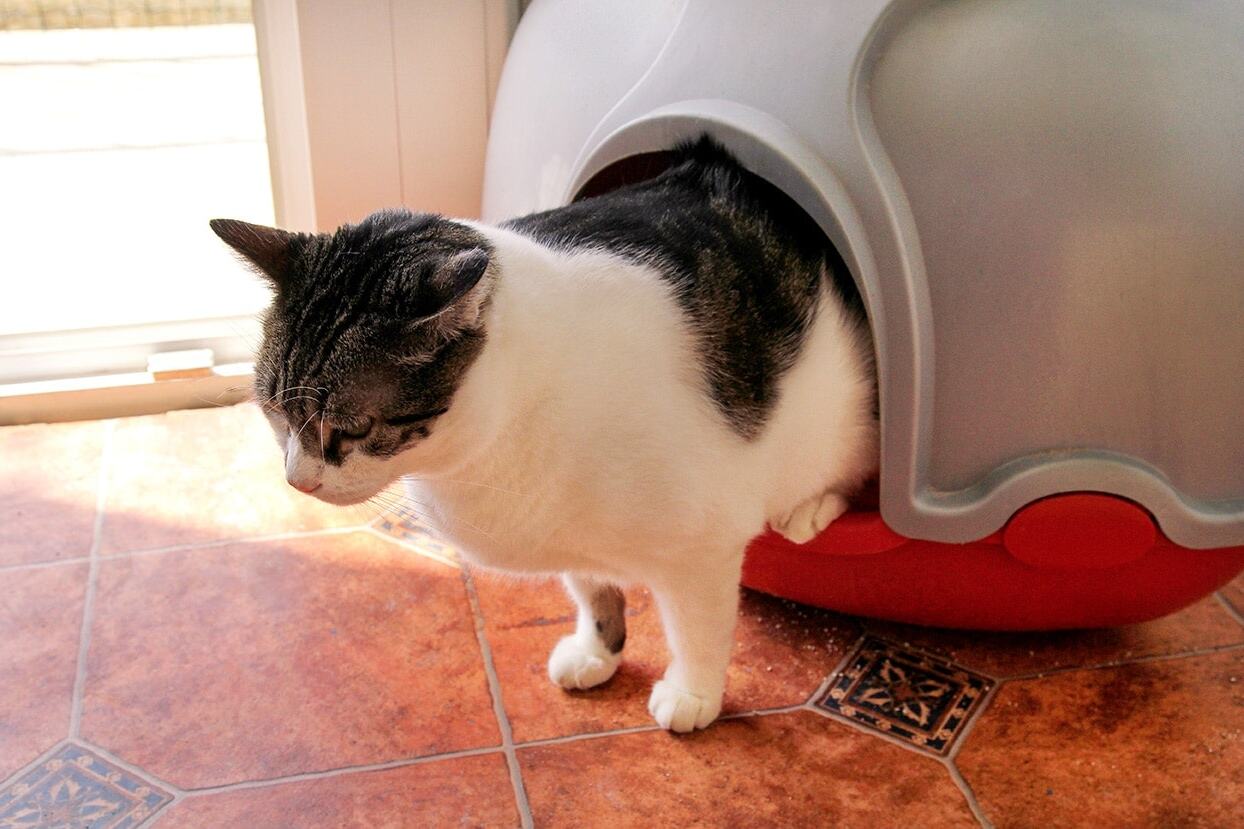
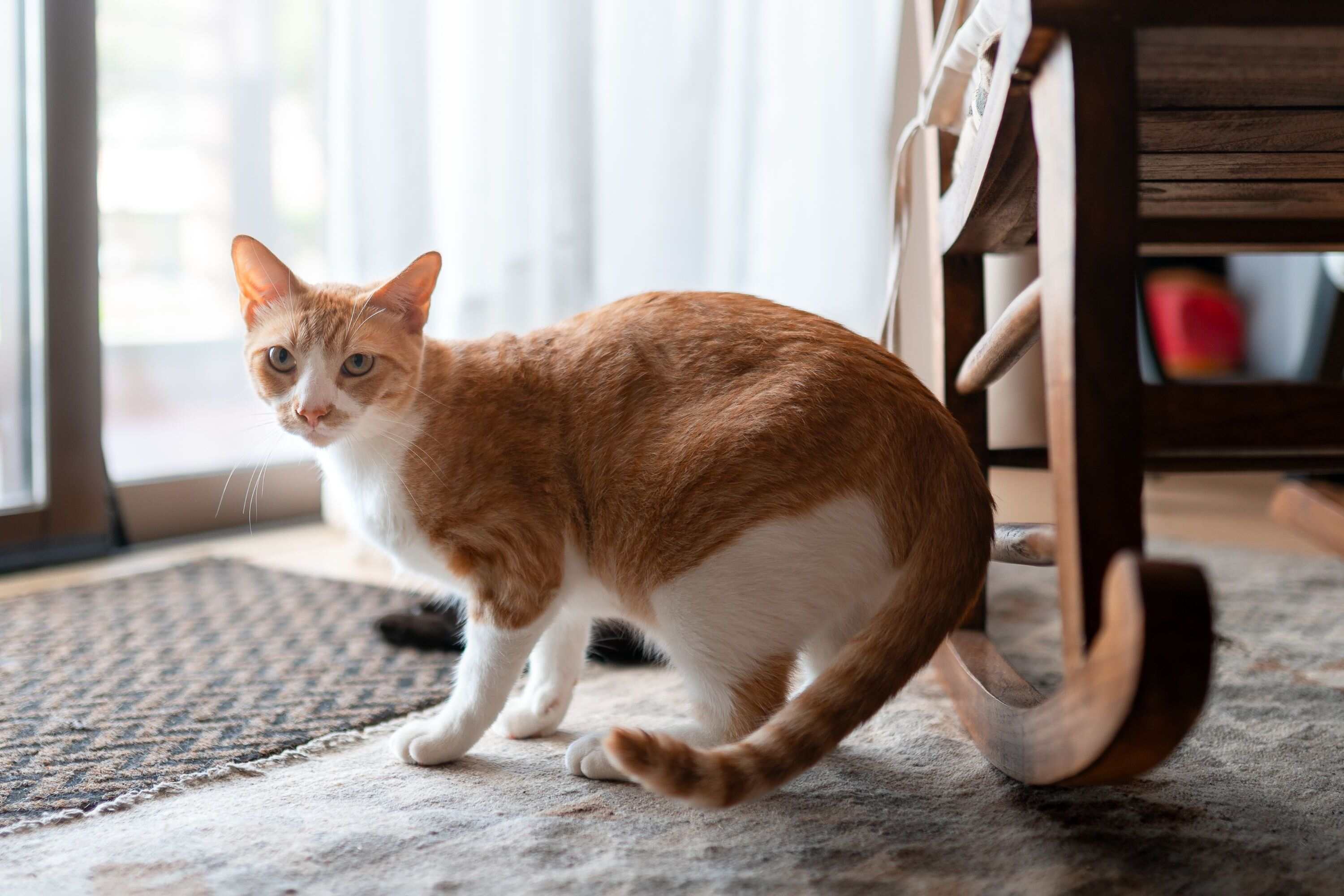

0 thoughts on “What Kind Of Litter Box Is Best For Cats”